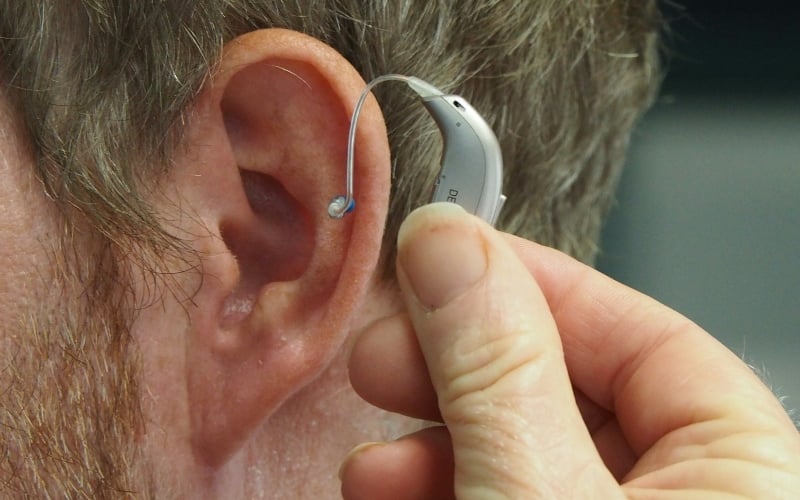This article was developed via a partnership with BetterHelp.
EMDR therapy is a revolutionary technique with a unique approach to helping people overcome trauma and its lasting effects. Here, you will learn more about how EMDR can aid you or a loved one and be an effective alternative to more well-known treatments like cognitive-behavioral therapy (CBT) and dialectical behavioral therapy (DBT).
What Is EMDR & How Does It Work?
EMDR Therapy stands for Eye Movement Desensitization Reprocessing, and this technique was developed due to the discovery that the pain from traumatic events was correlated with rapid eye movement.
By controlling these movements with a mental health professional guiding them while simultaneously having the patient expose themselves to their past trauma through imagined exposure and visualization, people can become desensitized to their distressing thoughts and images.
Instead of avoiding these uncomfortable memories, following the finger movements, along with tapping and other sounds, essentially serves as a distraction to the emotions and sensations. By not responding to them, over time, you’re training your brain by changing your thoughts and feelings towards trauma, and this leads to healing.
EMDR works a lot like exposure therapy in this way, and like other methods, it can take time to process these feelings and emotions and become desensitized, and each session will become easier to cope with over time. In fact, EMDR is broken up into eight separate phases to help facilitate this gradual change.
Like anything, the rate at which someone improves can vary from person to person, but people tend to see positive changes within just a few sessions, which typically last anywhere from 60 to 90 minutes and either once or twice per week.
However, if you decide to try EMDR, do not be alarmed if it takes longer to improve; in fact, some people report feeling worse for a little while, but this is temporary, and it’s all part of the healing process.
Additional Resources For EMDR
Although this brief overview of EMDR can give you a basic idea of how this technique works, if you’re looking for more information about this type of psychotherapy, BetterHelp has in-depth resources about EMDR therapy that can answer more of your questions about what to expect, including what each phase consists of.
While EMDR therapy is somewhat new in the grand scheme of things and is considered to be nontraditional, it is an evidence-based technique, and mental health professionals all over are being trained in this method to help patients, and it’s even endorsed by the US government to help veterans with PTSD. Nonetheless, EMDR is useful for all forms of traumatic experiences along with related disorders like depression, anxiety, and OCD.
In addition to providing more details on EMDR, the link above will point you in the direction of finding a licensed professional online who can help you overcome trauma. EMDR can be done in person and virtually, and many people have seen success with either method.
Also, if you are an individual who feels that they’d benefit a lot from speaking about their past experiences, talk therapy can be effective when used in conjunction with EMDR, and the personalized advice can give you additional ways of coping with stress and anxiety, even if it’s unrelated to trauma.
Both traditional and nontraditional strategies have different things to offer, so you can take advantage of them and give yourself the best chance of healing from trauma.
Conclusion
EMDR may be a modern psychotherapy technique and has only been around for 30 years, but that’s enough time to have research and scientific backing to support its efficacy. At the end of the day, EMDR works by changing your thoughts and feelings towards past traumatic experiences, and this is a fundamental strategy for other popular techniques such as cognitive behavioral therapy and related ones like exposure and response prevention (ERP). With that in mind, you’re bound to find something that works, and your PTSD can become a thing of the past and not your future.

Photo Credit: iStock
The post An Overview of EMDR Therapy & Its Use in PTSD Treatment appeared first on The Good Men Project.
Original Article










